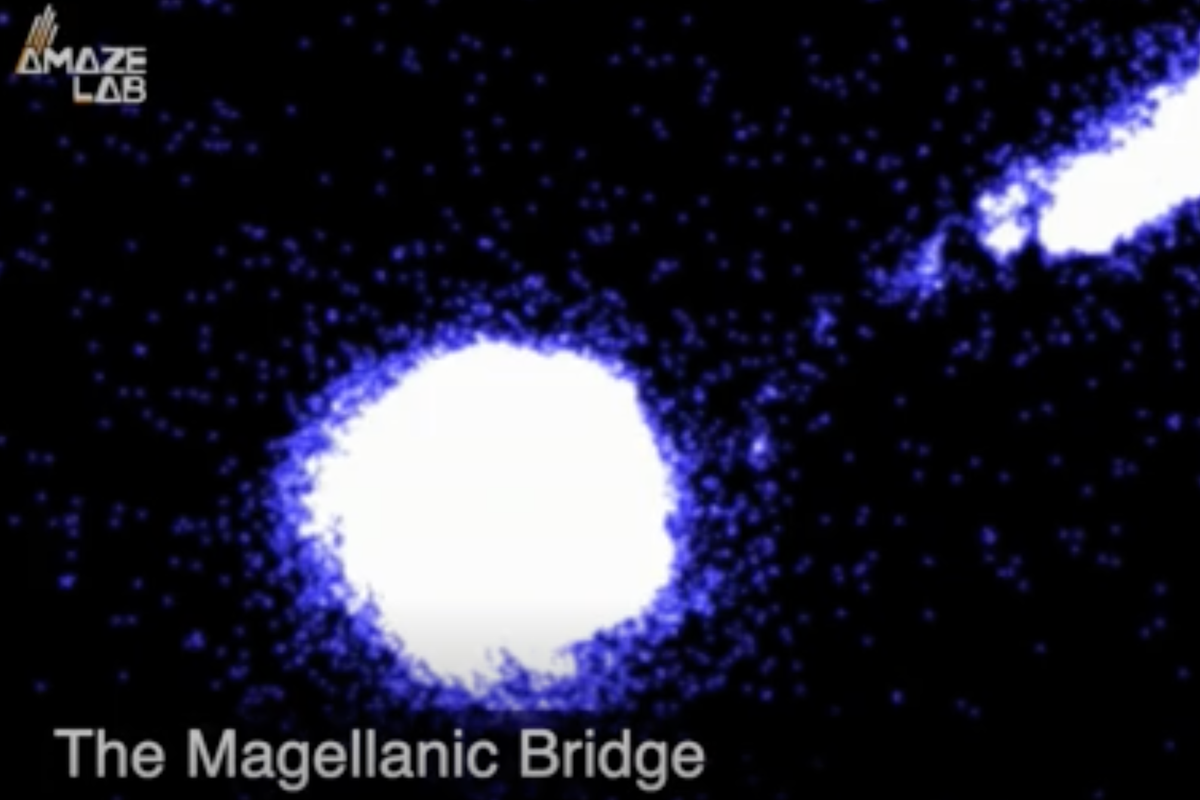Science & Tech
Harriet Brewis
Jun 03, 2024
Promethium unveiled: Rare earth element’s secrets exposed
The Greek titan Prometheus is hailed in mythology as the god who delivered fire to humans and whose might was so great, he managed to cheat Zeus himself.
And yet, the periodic element, which would come to inherit his name has not wielded such legendary power.
Indeed, for decades following promethium’s discovery, its very properties remained unknown.
But, now, scientists have finally confirmed just what constitutes this rare earth element.
Unlike many so-called rare earth elements – for example, cerium and neodymium, which are more common than lead – promethium really is one of the rarest elements on Earth.
Just a pound (around 455 grams) or so of it occurs naturally in the Earth’s crust at any given time. And, again unlike other rare earth elements, only minute quantities of synthetic promethium are available because it has no stable isotopes.
As a result, it wasn’t discovered until 1945. And its scarcity is such that little research has been conducted into its chemistry, as IFL Sciencenotes.

But now a team at Tennessee’s Oak Ridge National Laboratory (ORNL), where promethium was first discovered, has remedied this.
ORNL research and development scientist, Dr Alex Ivanov, explained why he and his colleagues took it upon themselves to investigate the enigmatic substance.
“The whole idea was to explore this very rare element to gain new knowledge,” Dr Ivanov said in a statement.
“Once we realised it was discovered at this national lab and the place where we work, we felt an obligation to conduct this research to uphold the ORNL legacy,” he added.
Most rare earth elements are lanthanides – elements from 57 (lanthanum) to 71 (lutetium) on the periodic table. They have similar chemical properties but differ in size.
“Because it has no stable isotopes, promethium was the last lanthanide to be discovered and has been the most difficult to study,” explained Ilja Popovs, who co-led the research, which has been published in the journal Nature.
Meanwhile, the other 14 lanthanides are well understood as metals with useful properties which play a vital role in many modern technologies.
They form a key part of lasers, X-ray screens, permanent magnets in wind turbines and electric vehicles, and even cancer-fighting medicines, the ORNL points out.
“There are thousands of publications on lanthanides’ chemistry without promethium. That was a glaring gap for all of science,” Santa Jansone-Popova, who also co-led the study, stressed.
“Scientists have to assume most of its properties. Now we can actually measure some of them.”
To conduct their analysis, the researchers synthesised a new compound of promethium.
They produced the isotope promethium-147 in sufficient quantities and at a high enough purity to study its chemical properties in a solution.

Their work relied on a research reactor, hot cells and supercomputers, as well as the combined knowledge and skills of 18 scientists, all experts in different fields.
The ORNL scientists bound radioactive promethium with special organic molecules called diglycolamide ligands. Then, using X-ray spectroscopy, they determined the properties of the entity, including the length of the promethium chemical bond with neighbouring atoms.
They then did the same thing with 3+ ions of all the other lanthanides to create points of comparison.
As such, they were able to confirm that, like its neighbours, promethium’s atom experiences a phenomenon known as “lanthanide contraction”, which packs the electrons in more tightly to the nucleus than for most other atoms, IFL Science reports.
Lanthanide contraction is a phenomenon in which elements with atomic numbers between 57 and 71 are smaller than expected, the ORNL explains in its statement.
As the atomic numbers of these lanthanides increase, the radii of their ions decrease, creating distinctive chemical and electronic properties because the same charge is limited to a shrinking space.
During their study, the ORNL scientists got a clear promethium signal, which enabled them to better define the shape of the trend across the series.
“It’s really astonishing from a scientific viewpoint. I was struck once we had all the data,” said Ivanov. “The contraction of this chemical bond accelerates along this atomic series, but after promethium, it considerably slows down.
“This is an important landmark in understanding the chemical bonding properties of these elements and their structural changes along the periodic table.”

Many of these elements, such as those in the lanthanide and actinide series, are employed across a range of roles and industries, from cancer diagnostics and treatment to nuclear batteries for deep space exploration.
Now, Jansone-Popova hopes her team’s achievement will, among other things, ease the painstaking task of separating these valuable elements.
The team researchers have long worked on separations for the whole series of lanthanides, “but promethium was the last puzzle piece”, she admitted.
“You cannot utilise all these lanthanides as a mixture in modern advanced technologies, because first you need to separate them. This is where the contraction becomes very important; it basically allows us to separate them, which is still quite a difficult task.”
As a result, their work sets the stage for a new era of research.
“Anything that we would call a modern marvel of technology would include, in one shape or another, these rare earth elements,” Popovs said.
“We are adding the missing link.”
Sign up for our free Indy100 weekly newsletter
How to join the indy100's free WhatsApp channel
Have your say in our news democracy. Click the upvote icon at the top of the page to help raise this article through the indy100 rankings
Top 100
The Conversation (0)














